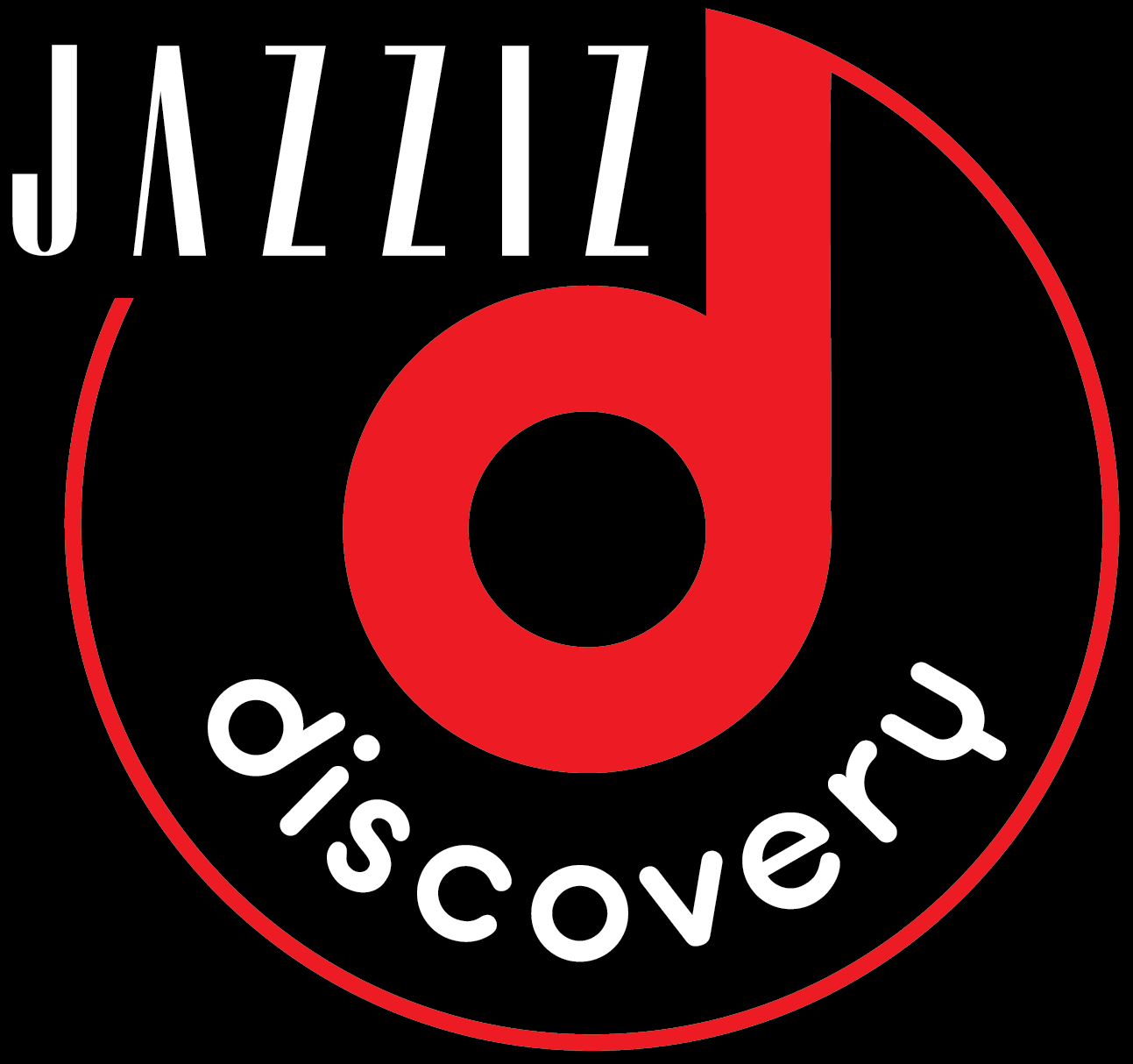August 17, 2019, marked the 60th anniversary of the release of Miles Davis’ Kind of Blue, the trumpeter’s immortal masterpiece and the best-selling jazz album of all time. For Miles, the album represented the first step in a path toward new ground, with harmonies that broke free from the constraints of bebop and an artistic vision that held creativity and group interplay in as high regard as technical skill. In those ways, the album is a good representative of 1959 as a whole, the year most critics and scholars agree was the start of a new “Golden Age of Jazz.”
It’s a justified notion, given the sheer number of great albums and artistic movements that emerged during those 365 days, and countless investigations have been made into why 1959 was so special. Esquire devoted a feature article to this very phenomenon on New Year’s Day in 1959. More recently, the year was the subject of a documentary film, 1959: The Year That Changed Jazz. And today, jazz writer Natalie Weiner maintains a captivating blog dedicated to chronicling every single day of this pivotal year.
Some may argue as to the merit of other years in jazz history, but still, it’s hard to deny that 1959 served as some sort of jazz threshold. After all, it’s a year that began with the release of Art Blakey’s hard-bop landmark Moanin’ and ended with Dave Brubeck’s groundbreaking Time Out. In between, it saw the release of timeless classics such as John Coltrane’s Giant Steps, Bill Evans’ Portrait in Jazz, Ornette Coleman’s The Shape of Jazz To Come and Charles Mingus’ Mingus Ah Um. You’ll find tracks from all of those seminal albums in our playlist, but you’ll also find a host of tracks from albums of equal import and influence by artists such as Duke Ellington, Abbey Lincoln, Sun Ra, Ella Fitzgerald, Sonny Rollins, Stan Kenton and many more.
It would be impossible to show in just 32 tracks the magnitude of 1959’s impact on jazz. This is just a taste. Whatever you’re preferred vintage, it’s clear that 1959 was a good year for jazz.



